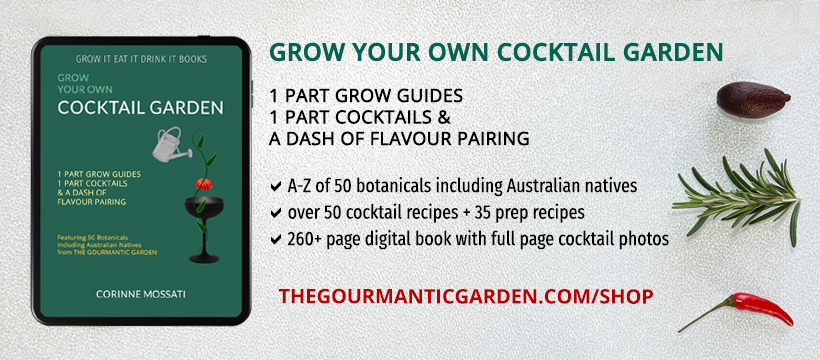666 Autumn Butter Vodka is made using Tasmanian butter from a dairy farm next door to the distillery.

666 Pure Tasmanian Vodka was born out of the lack of Australian premium vodka. Made from barley that is grown and fermented in Tasmania, it is 100% pot distilled at Hellyers Road and yields a big and robust style of vodka with rich chocolaty notes, black pepper heat and a long finish.
666 Autumn Butter Vodka begins with 666 vodka post filtration and pre final distillation. The spirit is distilled three times in copper pots inside a stainless steel steam jacket. After the final distillation, it is diluted then filtered through charcoal from coconut husks which has no effect on flavour. Filtration occurs for an extended period before the spirit is diluted further with water from Cape Grim then bottled.
With the 666 Butter Vodka, before the final dilution, the spirit is placed in a churning vessel, butter and the rest of the ingredients are added. It gets heated to 40oC, churned, then cooled down to room temperature (15oC), then back to 40oC and churned. The process is repeated over two days. The spirit is chilled to 4C and the solids are stripped out, then warmed it to 30oC, chilled to 4oC to remove another layer of fat. Fat is soluble in alcohol but not water, therefore the strength of the alcohol determines at what temperature the fat will remain dissolved. At 4oC, it is run through a final sterilising and clarifying filter, before final dilution and bottling. The process takes 5 days to make a batch of 300 bottles.
666 Butter Vodka has a rich butter aroma which translates to the palate with a viscous mouthfeel. At 40% ABV, it has a gentle burn and a long creamy finish.
While it’s not primarily a sipping Vodka, it makes a great Martini with olives (5:1 parts vodka to dry vermouth) as the brine from the olives cuts through the fat. Alternatively, it can be added to a Manhattan cocktail, used in lieu of rum in a daiquiri, used in a Butter Old Fashioned with vanilla-infused Angostura and even in a lemon butter Martini or an espresso Martini.
This article was originally published on April 25, 2013 on our sister website Gourmantic.

